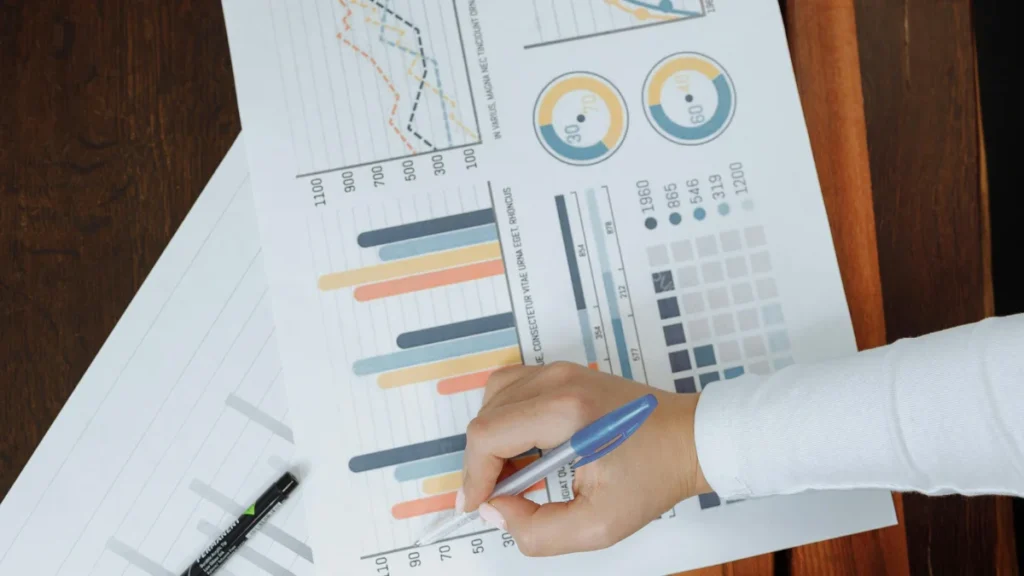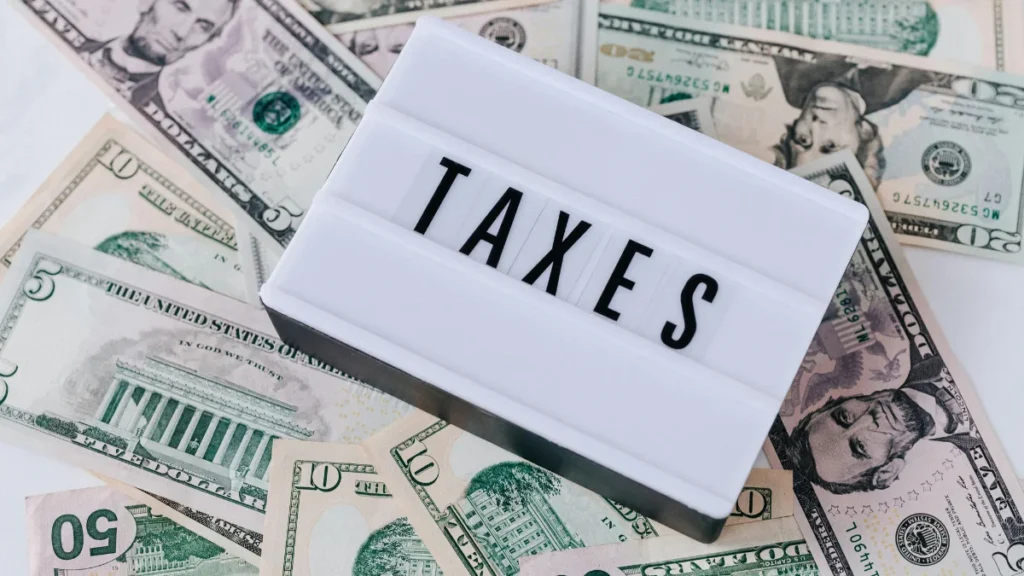
This chapter tells the adjustments that happen while making the financial statements of a sole proprietor. Here are the financial statements with adjustments class 11 notes.
Topics Discussed
Closing Stock
Closing stock is shown on the credit side of the trading account and the asset side of the balance sheet. As per AS-2, the closing stock is valued at cost or NRV whichever is less.
Outstanding Expense
Outstanding expenses are added to the expenses and shown on the liability side of the balance sheet.
Prepaid Expense
Prepaid expenses are deducted for expenses and shown on the asset side of the balance sheet.
Depreciation
Depreciation is shown on the debit side of the profit & loss account and deducted from the value of assets in the balance sheet.
Accrued Income
Accrued income is added to incomes and shown on the asset side of the balance sheet.
Unearned Income
Unearned income is deducted from incomes and shown on the liability side of the balance sheet.
Interest on Capital
Interest on capital is shown on the debit side of the profit and loss account and added to capital in the balance sheet.
Interest on Drawings
Interest on drawings is shown on the credit side of the profit and loss account and deducted from capital.
Interest on Loan
Interest on the loan is shown on the debit side of the profit and loss account and added to the loan amount on the liability side of the balance sheet.
Bad debts
Bad debts are shown on the debit side of the profit and loss account and deducted from the debtor’s amount in assets in the balance sheet.
Bad debts, Provision for doubtful debts & Provision for discount on debtors
- Case 1: Debtors are Rs.1,00,000 and bad debts are Rs.1,000. Then bad debts amounting to Rs.1,000 will be shown in the debit column of P&L A/c as well and this amount will be deducted from debtors in the balance sheet.
- Case 2: Debtors are Rs.1,00,000, bad debts are Rs.2,000, and further bad debts are Rs.1,000. The amount of Rs.1,000 will be added to the bad debts in P&L A/c and Rs.1,000 will also be deducted from debtors in the balance sheet.
- Case 3: Debtors are Rs.1,00,000, bad debts are Rs.2,000, provision for bad debts is Rs.5,000. Adjustment is further bad debts of Rs.10,000 plus creating a provision for doubtful debts @10% on debtors.
Here is the solution:
| To Bad Debts: 2000 Add: further bad debts: 10,000 Add: New Provision for B.D: 9,000 Less: Old Provision for B.D: (5,000) | 16,000 |
| Debtor: 1,00,000 less: further bad debts: (10,000) Less: New Provision for B.D: (9000) | 81,000 | |
- Case 4: Debtors are Rs.1,00,000, bad debts are Rs.2,000 and Provision for bad debts is Rs.5,000. In adjustments, further bad debts of Rs.10,000 happened, we have to create a provision for doubtful debts @10% on debtor plus create a provision @10% for a discount on debtors.
Here is the solution:
| Bad debts: 2,000 +Further bad debts: 10,000 +New Prov. for Debts: 9,000 -Old Prov. for Debts: (5,000) | 16,000 |
| Provision for discount on debtors | 8,100 |
| Debtor: 1,00,000 -Further bad debts: (10,000) -New Prov. for bad debts: (9,000) -Prov. for a discount on debtors: (8,100) | 72,900 | |
Abnormal Losses
Abnormal losses include loss by fire, loss by theft, etc. In this case, the amount of loss is subtracted from purchases in the trading account and it should be debited in the profit and loss account.
Goods given to Charity/Donation
Amount to goods given to charity will be deducted from purchases in the trading account and it should be debited to the profit and loss account as an expense.
Goods distributed as Free Samples
The amount of goods distributed as free samples would be deducted from the amount of purchases in the trading account and it would be shown in the debit side of the profit and loss account.
Drawings in Goods
If the proprietor has done drawings in goods then the amount of drawings would be deducted from purchases in the trading account and the same amount would be deducted from capital also in the balance sheet.
Deferred Revenue Expenditure
The amount of deferred revenue expenditure that we are writing off would be debited to the profit and loss account whereas the remaining would be shown on the asset side of the balance sheet.
Financial Statements of a Sole Proprietor Notes
Manager’s Commission
There are two cases in the manager’s commission:
1) Before Charging: 10/100
2) After Charging: 10/110
Capital Expenditure Treated as Revenue
If capital expenditure is treated as revenue expenditure then it would be deducted from capital expenses and would be shown in the balance sheet as an asset.
Goods Sold & Omitted to be recorded
It would be added to sales in the trading account and added to debtors in the balance sheet.
Goods Purchased & Omitted to be recorded
It would be added to purchases in the trading account and added to creditors in the balance sheet.
Bills Receivable dishonored
It would be deducted from the bills receivable amount on the asset side of the balance sheet, and at the same time, it would be added to debtors on the same side.
Bills Payable dishonored
It would be deducted from bills payable on the liabilities side of the balance sheet, and at the same time, it would be added to creditors on the same side.
Impacts of GST on financial statements

- Input GST is shown on the asset side.
- Output GST is shown on the liability side.
- Both aspects of GST are shown in the balance sheet only after making due adjustments.
GST on Adjustment Items
1) Outstanding Expenses
GST is levied on outstanding expenses in the same manner as it is levied on expenses.
For example, Rent of Rs. 10,000 is outstanding, and GST is levied at the rate of 6% each. Journal entry would be:
Rent A/c Dr. 10,000
Input CGST A/c Dr. 600
Input SGST A/c Dr. 600
To Outstanding rent A/c 11,200
2) Prepaid Expenses
No adjustments are made to prepaid expenses.
3) Accrued Income
GST is levied on the accrued income in the same manner as it is levied on income. Journal Entry would be:
Accrued Income A/c Dr. 11,200
To Income A/c 10,000
To Output CGST A/c 600
To Output SGST A/c 600
4) Unearned Income
No adjustment is made to unearned income.
This was all about Financial Statements with Adjustments Class 11 Notes. If you have any doubts, you can either join my telegram channel or ask those doubts in the comments section.
[…] Financial Statements with Adjustments Notes […]
[…] Financial Statements with Adjustments Class 11 Notes […]
[…] Financial Statements with Adjustments Class 11 Notes […]